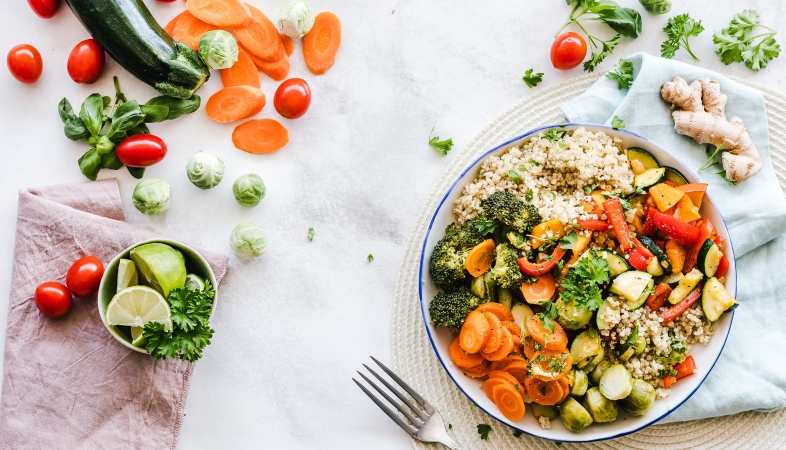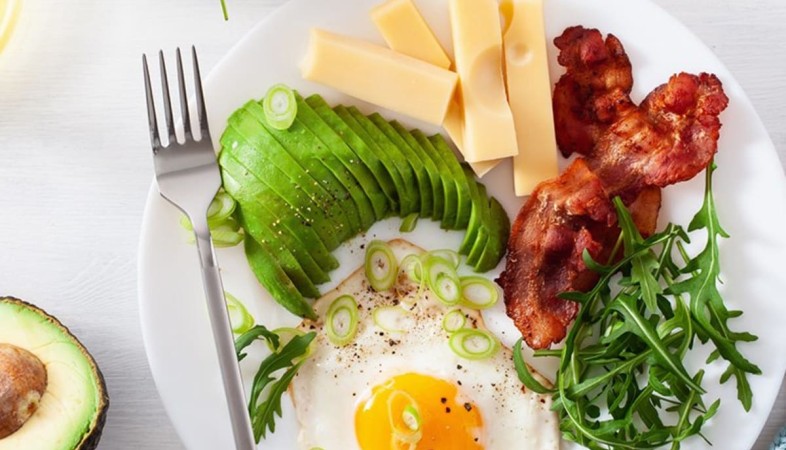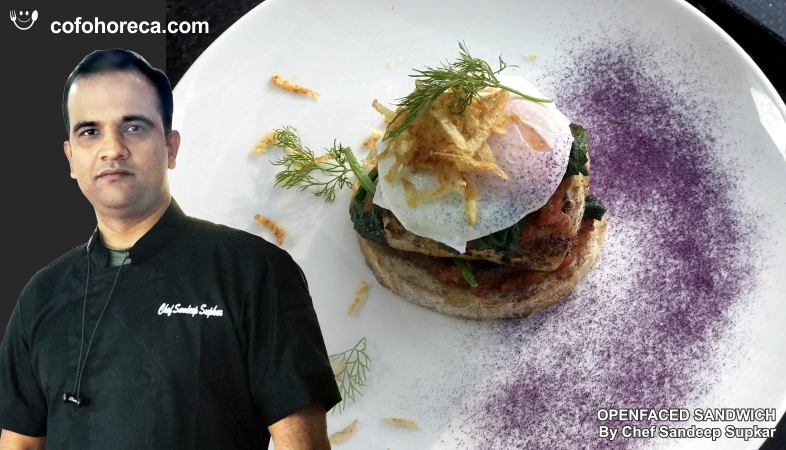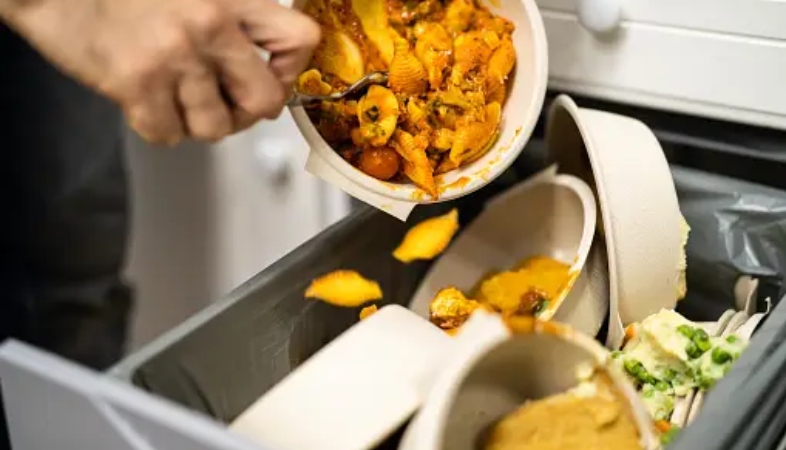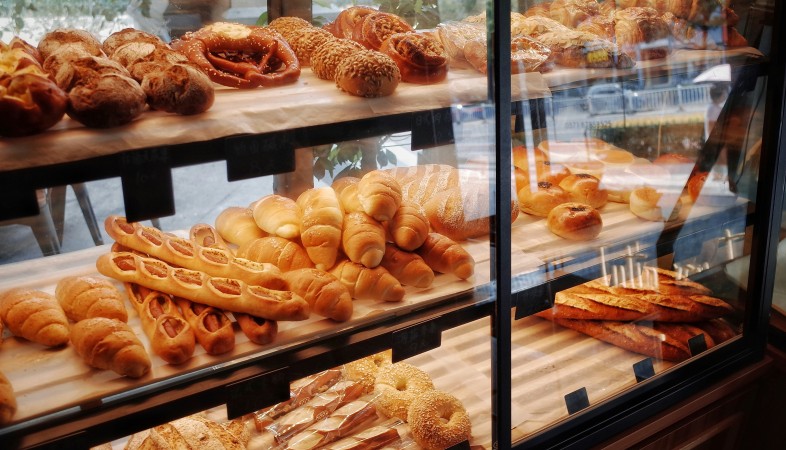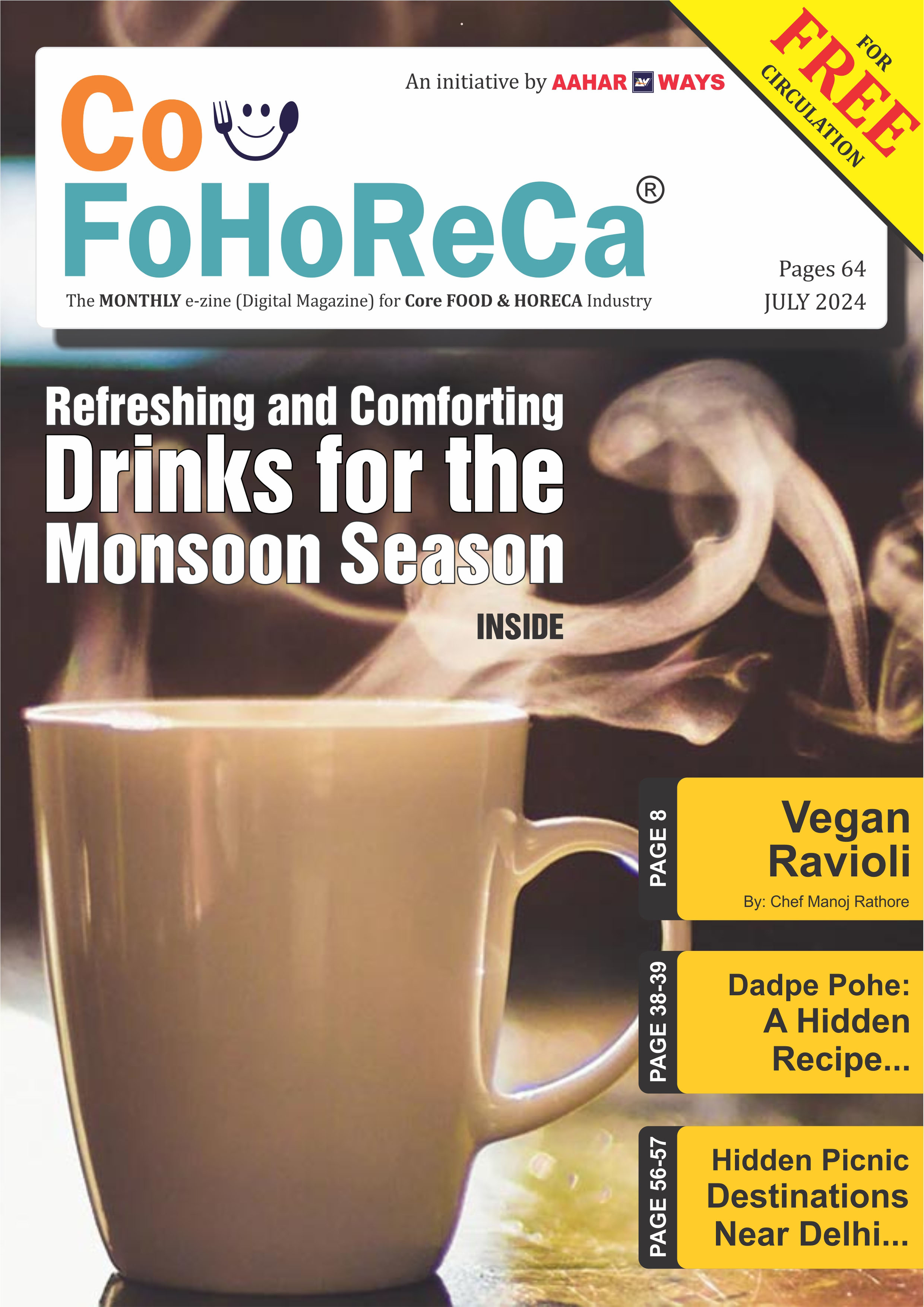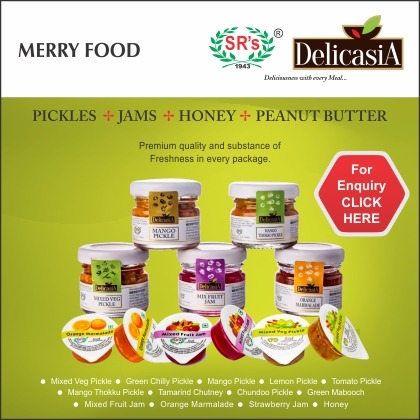Edible Flowers in Gastronomy: A Feast for the Senses
Edible flowers are a delightful addition to gastronomy, offering a feast for the senses with their beauty, flavor, and nutritional benefits.
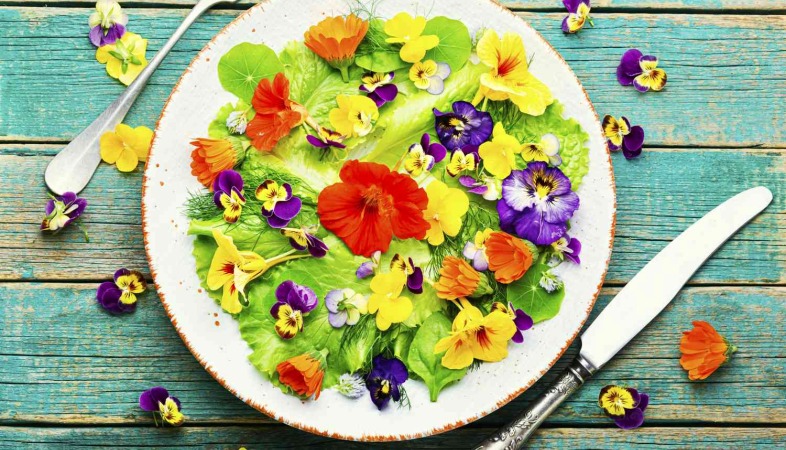
Edible flowers have been utilized in culinary practices for
centuries, adding not only visual appeal but also unique flavors, aromas, and
textures to dishes. From delicate petals to vibrant blooms, these edible
wonders have found their way into various cuisines around the world,
captivating diners with their beauty and enhancing the overall dining
experience. In this article, we explore the fascinating world of edible flowers
in gastronomy, from their historical significance to their modern-day culinary
applications.
Throughout history, edible flowers have been prized for their beauty and symbolic meanings, often used in elaborate feasts and ceremonial gatherings to signify wealth, prosperity, and celebration. In ancient civilizations such as Egypt, Greece, and Rome, flowers were commonly used in culinary preparations, both for their aesthetic appeal and their purported medicinal properties. In medieval Europe, floral-infused dishes became popular among nobility, with roses, violets, and marigolds adorning banquet tables and lending a touch of elegance to lavish feasts.
Today, edible flowers continue to captivate chefs and food enthusiasts alike, with their versatility and sensory appeal inspiring creative culinary creations. From delicate pansies and nasturtiums to bold marigolds and calendula, a wide variety of flowers are now being incorporated into dishes ranging from salads and soups to desserts and cocktails. Each flower brings its own unique flavor profile, ranging from sweet and floral to peppery and spicy, allowing chefs to experiment with different combinations and flavor pairings to create visually stunning and delicious dishes.
In addition to their culinary uses, edible flowers also offer a range of health benefits, thanks to their rich nutrient content and antioxidant properties. Many flowers contain vitamins, minerals, and phytonutrients that contribute to overall health and well-being, making them a nutritious addition to any diet. For example, roses are rich in vitamin C and antioxidants, while lavender is known for its calming properties and digestive benefits. By incorporating edible flowers into their dishes, chefs can not only enhance the flavor and appearance of their creations but also boost their nutritional value.
When using edible flowers in cooking, it's essential to source them from reputable suppliers and ensure that they have been grown organically and free from pesticides or other harmful chemicals. It's also crucial to properly identify flowers before consumption, as some varieties may be toxic or cause allergic reactions in certain individuals. When in doubt, consult a knowledgeable florist or culinary expert to ensure that the flowers you plan to use are safe and suitable for consumption.
Edible flowers are a delightful addition to gastronomy, offering a feast for the senses with their beauty, flavor, and nutritional benefits. From ancient civilizations to modern-day kitchens, these culinary treasures have stood the test of time, continuing to inspire chefs and enchant diners with their culinary magic. Whether used as a garnish, infusion, or main ingredient, edible flowers add a touch of elegance and sophistication to any dish, transforming ordinary meals into extraordinary culinary experiences.
.png)






